"If I'm basing on the fact that current source has infinite impedance, I understood it no problem."
"Infinite impedance" is abstract and formal concept; so it is not suitable for intuitive understanding.
The idea behind this circuit solution is brilliant and it has been conceived in a beautiful mind. What the OP needs is not some formal explanation but the pure idea shown in a simple, clear and intuitive way. This is what I will try to do.
"Static" voltage divider as amplifier. Generally speaking, transistor amplifier stages are voltage dividers… but "static" voltage dividers. The one of the resistors (usually, the grounded R2) is replaced by a variable "resistor" (transistor) and the other (R1) is constant. The variable "resistor" is controlled by the small input voltage… so the output voltage changes between supply rails.
"Dynamic" voltage divider as amplifier. We can really understand the idea of "dynamic load" (in the version, implemented in this circuit) by the concept of "dynamic voltage divider". It means to replace the ordinary "static" (ohmic, constant, steady…) resistors R1 and R2 of the ordinary voltage divider with "dynamic resistors" (Q6 and Q2 in the OP's circuit diagram) and vary them in opposite directions. The result is that the output voltage vigorously changes.
Electronic implementation. To implement this idea, we have to move Q1 above Q2 and join their collectors). But since it is impossible (Q1 is needed where it is), we clone (mirror) it by the p-n-p Q6. Thus V1 makes Q6 (through Q5) change its "dynamic resistance" in one direction while V2 makes Q2 (directly) change its "dynamic resistance" in the opposite direction… and VOUT vigorously changes as we will see in the pictures below. I have used them in other discussions to explain, in such an intuitive manner, the exotic current-feedback amplifier (CFA) - Fig. 1.

Fig. 1. A dynamic load stage in the output of a current feedback amplifier (Wikipedia)
Potentiometer analogy. The ordinary 19's century potentiometer is the simplest (not exact) example of this arrangement. An interesting phenomenon in its operation is that when we move the wiper, the one partial resistance increases but the other decreases so their sum stays constant (see the graphical representation in Fig. 2). So, the current through them does not change... only the output voltage changes (not vigorously, since the resistances are "static").

Fig. 2. "Static-potentiometer analogy" of the dynamic load (graphical representation)
Dynamic potentiometer. The operation of the CFA output stage is presented graphically in Fig. 3 by two oppositely moving intersecting lines - the IV output curves of the transistors Q4 and Q6. Their intersection (operating) point moves along a horizontal line in a perpendicular direction.

Fig. 3. "Dynamic-potentiometer analogy" of the dynamic load (graphical representation)
We can intuitively understand and explain this phenomenon if we think in terms of static (instant, chordal) collector-emitter resistances instead of currents flowing through them. This means to think of the two collector-emitter junctions (CE4 and CE6) as of two partial resistances (RCE4 and RCE6) of the potentiometer above.
When the input base-emitter voltages (VBE4 and VBE6) change differentially - e.g., the magnitude of VBE4 increases while of VBE6 decreases, RCE4 decreases but simultaneously RCE6 increases like the two partial resistances of the potentiometer when moving the slider to right. But the total resistance RCE4 + RCE6 remains constant so the common current flowing through the network remains constant as well and the output voltage VA vigorously changes.



